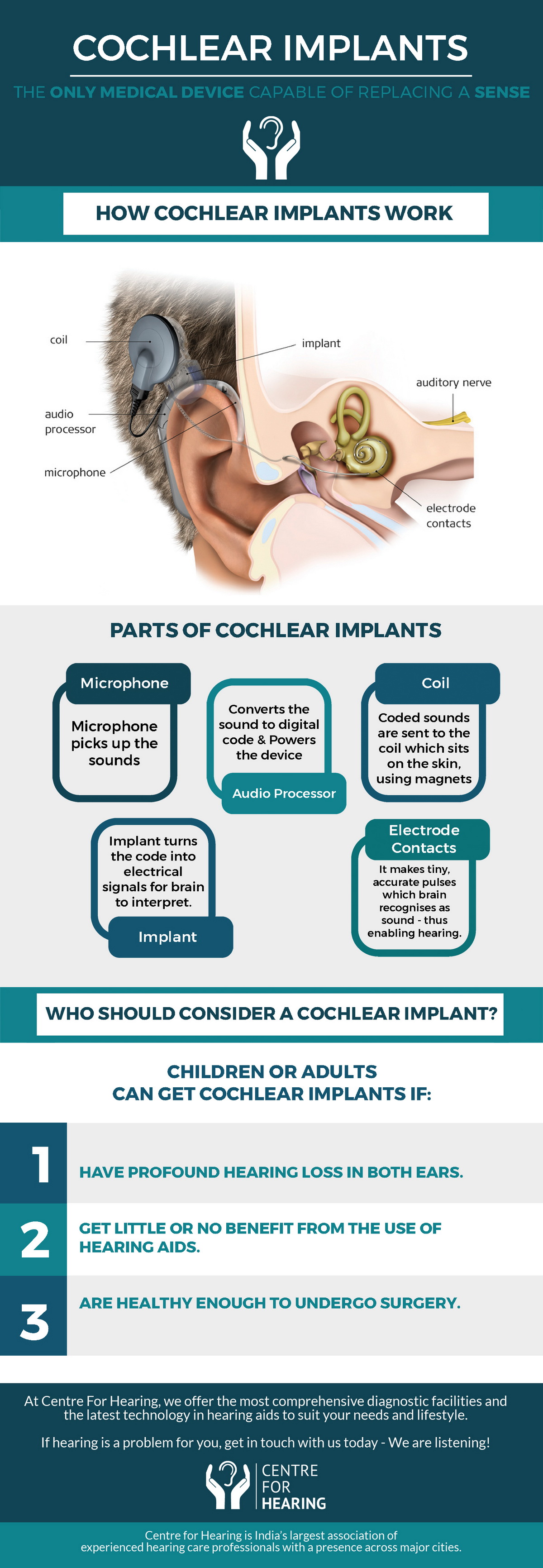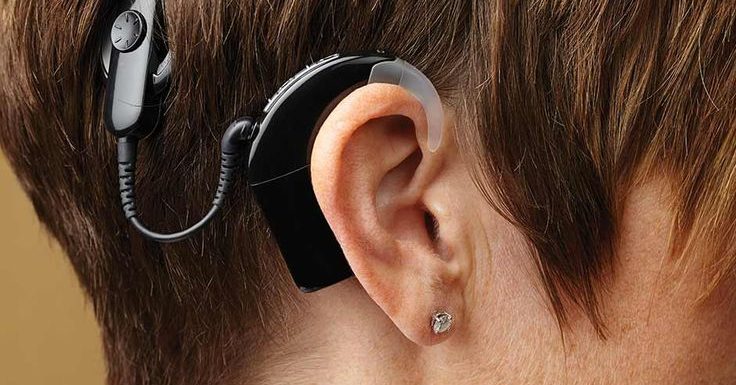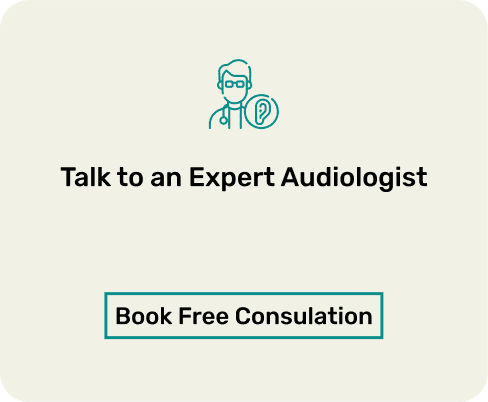If there’s anything that can mimic the natural hearing function of the inner ear, it is a cochlear implant machine!
A cochlear implant is a surgically implanted electronic device that replaces the function of the damaged inner ear. Cochlear implants don’t amplify sounds like hearing aids, which help individuals with some residual hearing ability. Instead, they provide the sense of sound by directly stimulating the auditory nerve.
For those with severe or profound hearing loss, cochlear implants create a sensation of sound by bypassing the damaged inner ear.
Let’s understand how a cochlear implant actually works.
How Cochlear Implant Machine Works
A cochlear implant completely bypasses the defunct normal hearing mechanism and directly stimulates the auditory nerve through an internally implanted electrode assembly.
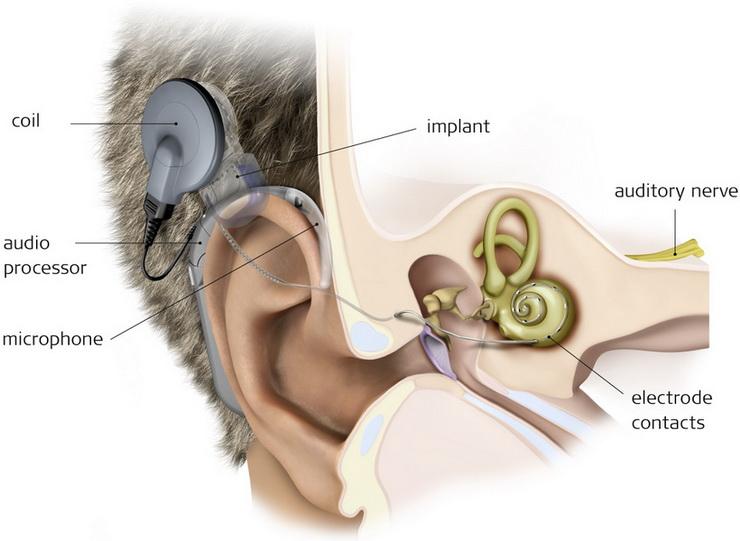
This typically comprises the following parts:
Microphone:
The microphone picks up acoustic sounds, converts them into electrical signals and transmits them to the sound processor.
Audio/Sound Processor:
The audio/sound processor, worn behind the ear, captures the sound and turns it into digital code. The sound processor has a battery that powers the entire system.
Coil:
The coded sounds are then sent to the coil, which sits on the skin, using magnets.
Implant:
The magnets that keep the coil in place are a part of the implant surgically placed under the skin, behind the ear. The implant turns the code received from the coil into electrical signals that the brain can interpret.
Electrical Contacts/Electrode Array:
Electrical contacts, collectively called an electrode array, act as messengers to get the signals from the implant to the brain. The electrode array makes tiny, highly accurate pulses on the hearing nerve fibres that connect the inner ear and the brain. The brain recognizes these electrical pulses as sound – thus enabling the wearer to hear.
‘Implanting’ the cochlear implant involves a surgical procedure. Let’s understand the process of getting a cochlear implant.
Process Of Getting A Cochlear Implant Machine
Before getting into the details of the process, it is important to know who should opt for cochlear implants. Children as young as 12 months old are candidates for cochlear implants if they:
- Have profound hearing loss in both ears.
- Get little or no benefit from the use of hearing aids.
- Are healthy enough to undergo surgery.
In fact, it is recommended that hearing-impaired children get cochlear implants as early as possible to expose them to sounds during the critical age of language acquisition. Ideally, the cochlear implant should be done before the age of 5 in pre-lingual children to help the child develop speech…
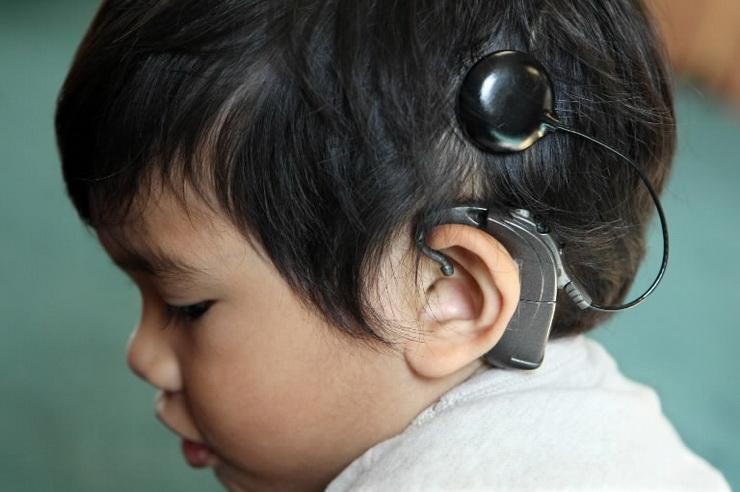
Similarly, adults may qualify for cochlear implantation regardless of whether they have lost their hearing before or after learning a language. Adults who had developed language before losing their hearing (postlingually deafened) typically have greater success with cochlear implants than those who had not developed language before losing their hearing (prelingually deafened). Adults should consider getting a cochlear implant machine if they:
- Have severe or profound hearing loss in both ears.
- Get little or no benefit from the usage of hearing aids.
- Have no medical problems that could put them at risk during surgery.
A potential candidate for a cochlear implant should first visit an audiologist and undergo audiological and psychological tests to understand if the candidate will benefit from the implant. The candidate and their family (if the candidate is a child) will also be counseled to ensure they understand the importance of follow-ups post-surgery. They will also be educated about the functioning and limitations of the device.
The surgery is conducted under general anaesthesia, where the surgeon makes an incision behind the ear to gain access to the middle ear and the cochlea. Once the internal components have been placed, the surgical site must be allowed to heal before the external device is placed.
After about one to two weeks, the external device will be fitted, and the cochlear implant will be turned on. The audiologist will begin mapping the processor to the individual’s specific needs. Several follow-up appointments will be needed to help the individual get accustomed to the cochlear implant and adjust the mapping of the signals to the electrodes.
The Importance of Rehabilitation after a Cochlear Implant Surgery
It is critical to start AVT (a specialized speech therapy technique) soon after the implant has been switched on. This process of rehabilitation could last for 1-2 years in the case of pre-lingual children. For best results, it is highly suggested that parents actively participate and learn some rehabilitation techniques so that the child can get therapy at home, too.
This component cannot be ignored under any circumstances for children. It plays a pivotal role in determining the outcome of the cochlear implant. Children operated upon early and followed up with the right rehab can be mainstreamed into regular schools before the age of ten.
While getting cochlear implants can be a life-changing situation for someone with severe or profound hearing loss, like everything else, this too has its upsides and downsides.
Here are some of the benefits and risks of getting a cochlear implant.
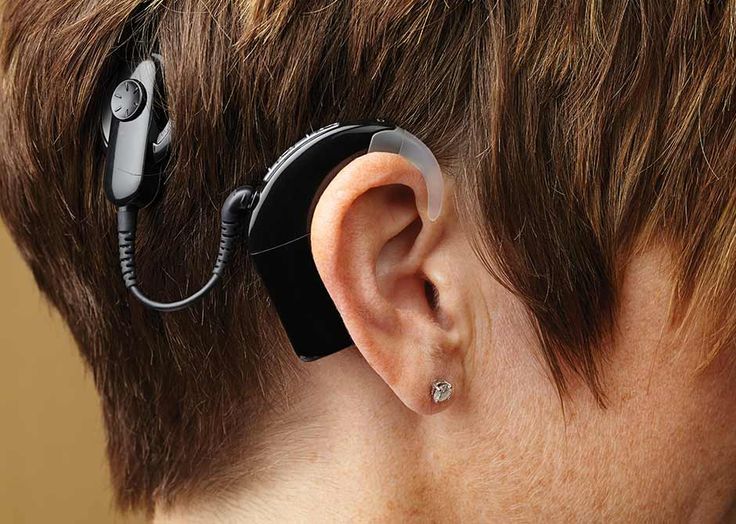
Benefits and Risks Of Getting A Cochlear Implant Machine
The benefits of getting a cochlear implant machine are not the same for everybody. While it may be extremely successful for one person, it could be disastrous for someone else.
Benefits:
- Adults often benefit immediately and continue to improve for about 3 months after the initial tuning sessions.
- Children may improve at a slower pace. Children may need auditory training to help them get accustomed to their new ‘hearing’ abilities.
- Most can perceive loud, medium and soft sounds.
- Many understand speech without lip-reading. However, even if this is impossible, using the implant helps lip-reading.
- Many can make telephone calls and understand familiar voices over the telephone.
- Many can watch TV more easily, especially when seeing the speaker’s face. However, listening to the radio is often more difficult as no visual cues are available.
- Some can enjoy music. Some enjoy the sound of instruments (piano or guitar, for example) and certain voices. Others do not hear well enough to enjoy music.
Risks:
- Injury to the facial nerve: This nerve goes through the middle ear to give movement to the muscles of the face. It lies close to where the surgeon needs to place the implant; thus, it can be injured during surgery. An injury can cause a temporary or permanent weakening or full paralysis on the same side of the face as the implant.
- Meningitis: This is an infection of the lining of the brain’s surface. People with abnormally formed inner ear structures appear at greater risk of this rare but serious complication. It is ideal to be vaccinated before going ahead with surgery.
- Cerebrospinal fluid leakage: The brain is surrounded by fluid that may leak from a hole created in the inner ear or elsewhere from a hole in the brain’s covering as a result of the surgical procedure.
- Perilymph fluid leak: The inner ear or cochlea contains fluid. This fluid can leak through the hole created to place the implant.
- Infection of the skin wound.
- Blood or fluid collection at the site of surgery.
- Attacks of dizziness or vertigo.
- Tinnitus, which is a ringing or buzzing sound in the ear.
- Taste disturbances –the nerve that gives taste sensation to the tongue also goes through the middle ear and might be injured during the surgery.
- Numbness around the ear.
People with cochlear implants may also face certain challenges for the rest of their lives. Some of these challenges are:
- Patients might hear sounds differently. Sound impressions from an implant differ from normal hearing, with people describing the sounds as too ‘mechanical’, or ‘synthetic’.
- Any residual hearing ability will be lost.
- Since the implant stimulates the nerves directly with electrical impulses, there may be unknown and uncertain side effects.
- The user may have to get the implant removed temporarily or permanently if an infection develops after the implant surgery.
- The wearer may not be able to understand language very well.
- Some medical examinations cannot be conducted for people with cochlear implants. Some of these treatments are MRIs, neurostimulation, electrical surgery, electroconvulsive therapy and ionic radiation therapy.
- There is a possibility of damage to the implant owing to sports, automobile accidents, slips and falls.
- Wearers of cochlear implants may set off theft detection systems and metal detectors. They would also need to turn the device off during flights. Cellular phones and other radio transmitters may also hurt the implant.
- Wearers may hear strange sounds due to the implant’s interaction with magnetic fields, like near screening machines at the airport.
- The external component might have to be removed while swimming, bathing, or participating in watersports. This is because exposure to water can damage the parts.
- Replacing the damaged parts may be expensive. Also, the user will have to be careful about compatibility with the implant, while upgrading the external components.
Cochlear implants are not the only implants available to provide a sensation of sound to hearing-impaired people. Let’s take a look at some of the other types of implants.
Other Types of These Machines
While these implants fulfil the same function as cochlear implant machines, there are a few minor differences.
1. Middle Ear Implant (MEI):
The MEI is inserted into the middle ear and attaches either to one of the middle ear bones or the round window between the middle ear and the cochlea. The attachment enhances the transmission of the sound waves to the cochlea. An MEI is inserted during a 2-3 hour operation under a general anaesthetic. Some systems are totally implantable, and there is nothing to wear on the outside.
2. Electro-Acoustic Stimulation Implant (EASI):
The EAS implant has some of the same components as the cochlear implant machine. The difference is that the electrode array only stimulates the region in the cochlea that processes high-pitched sounds. It does not stimulate the low-pitched region, leaving the natural hearing for low pitches potentially undamaged. The EAS device has a hearing aid component built in for conventional amplification of low-pitched sounds. It should be noted that whilst the goal is to preserve the residual hearing, the inner ear structures are highly delicate and sensitive. So, some reduction of natural hearing may occur after surgery.
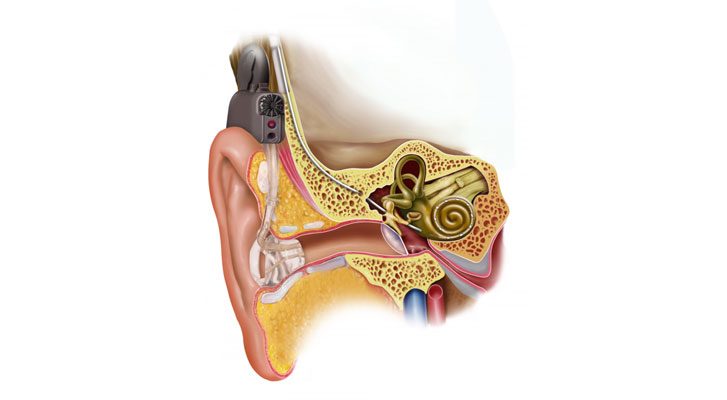
3. Auditory Brainstem Implant (ABI):
An ABI is designed for patients with hearing nerve damage through disease or developmental anomaly. Patients requiring this type of implant cannot benefit from any other hearing technology. ABI surgery is highly complex and is often part of a much longer operation on the brainstem. The ABI is an electrode pad placed in the brainstem’s hearing centre, called the cochlear nucleus. The electrical signals from the ABI stimulate the hearing cells in the cochlear nucleus and then trigger the auditory pathway up to the hearing centres in the brain.
Don’t let being hearing impaired become a hurdle. Get in touch with Centre For Hearing, and find an empathetic ear! We have the most comprehensive diagnostic facilities and the latest in hearing technology for your cochlear implant machine!
Call us on +91 9811227492 today!
